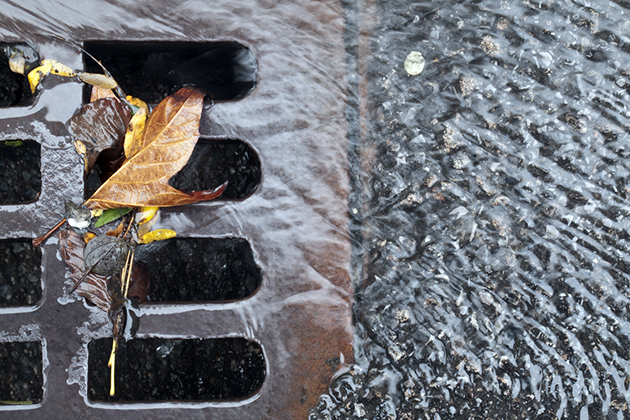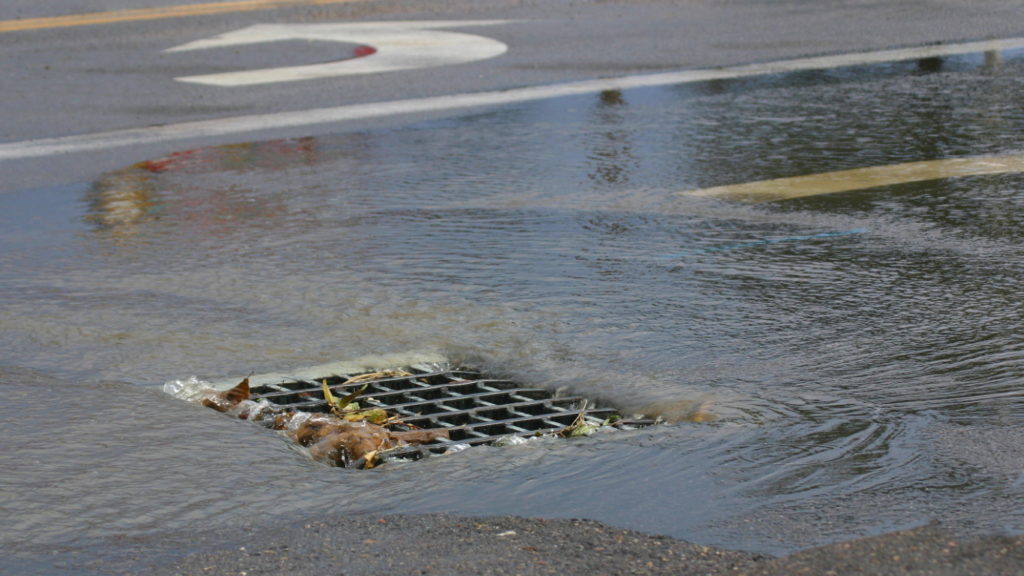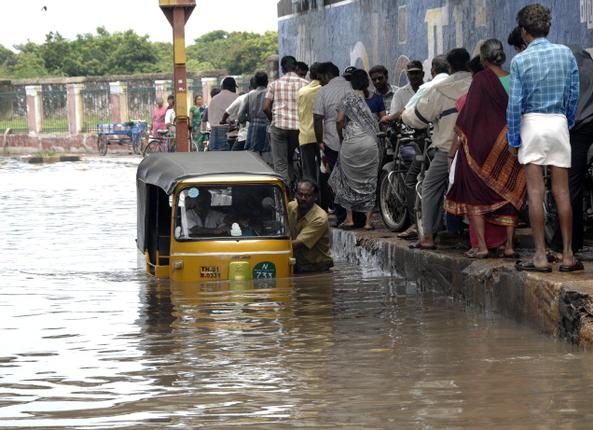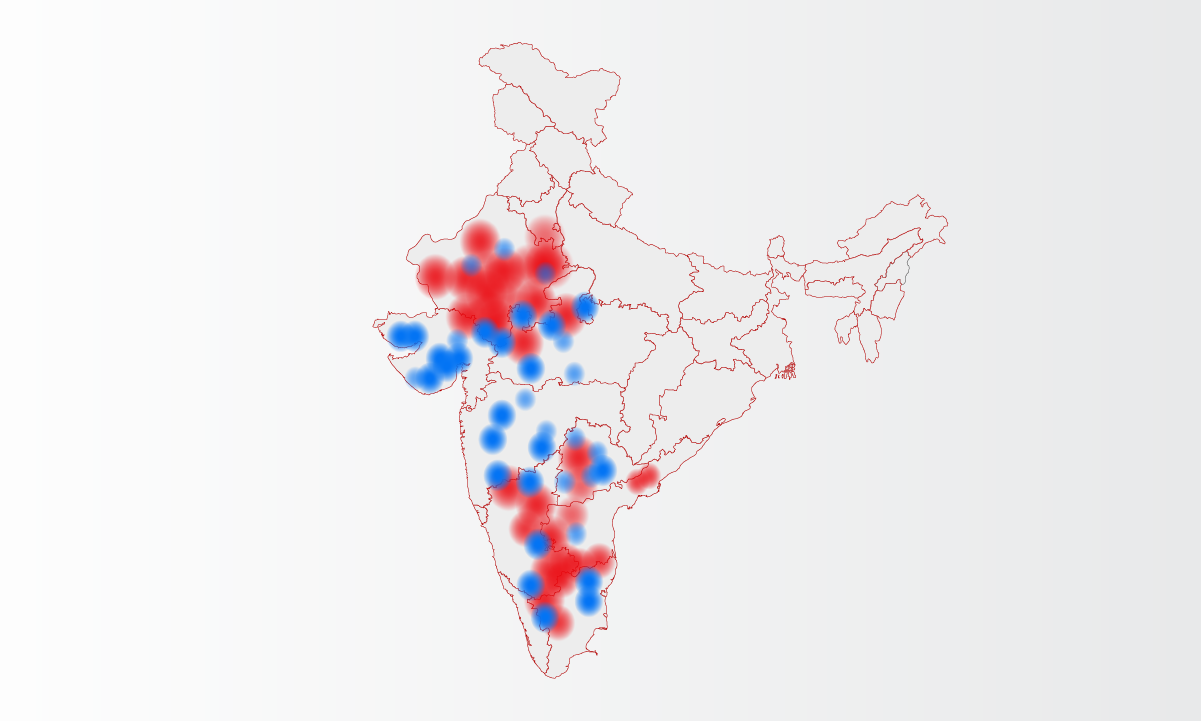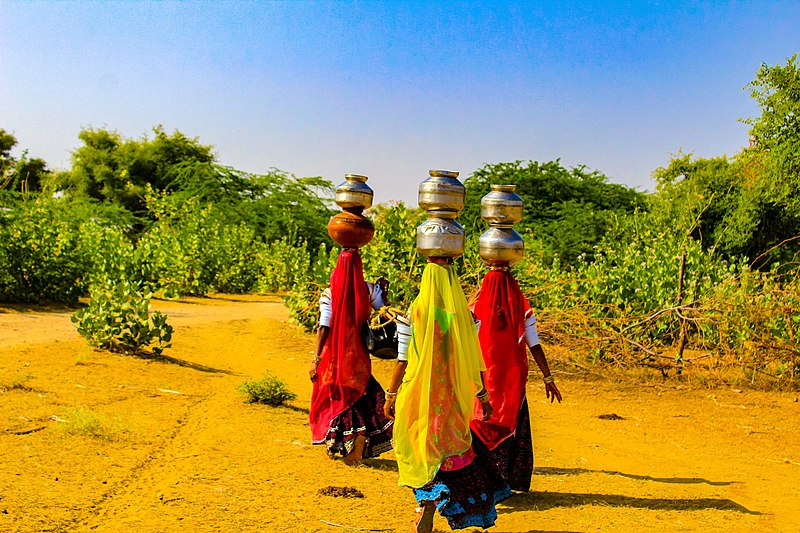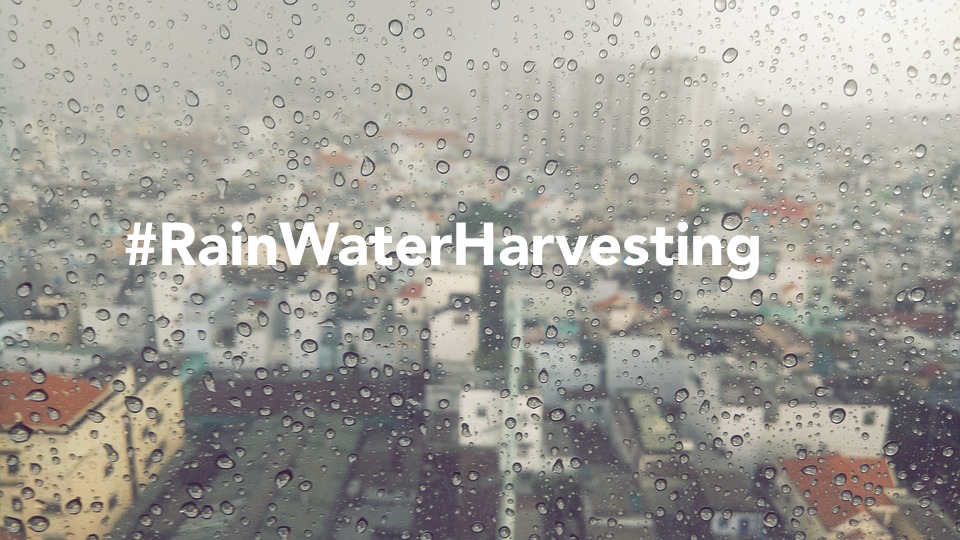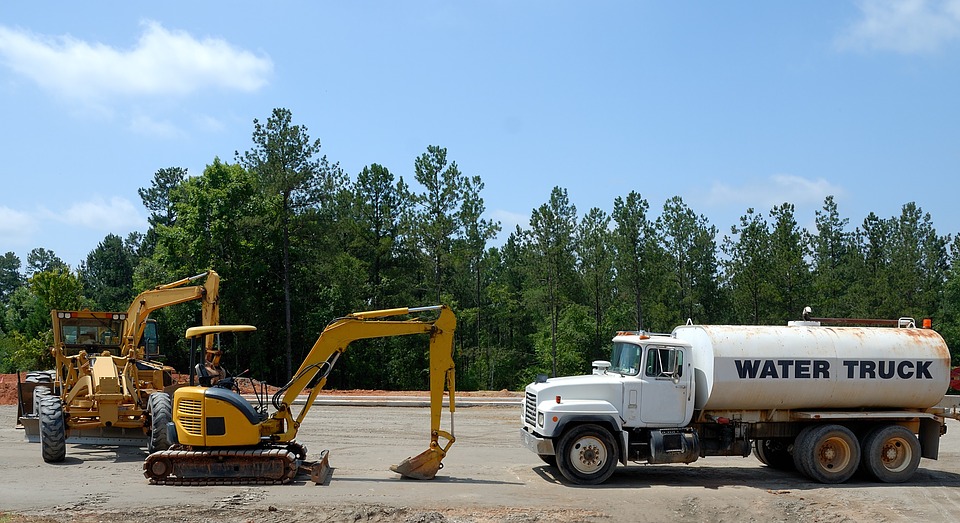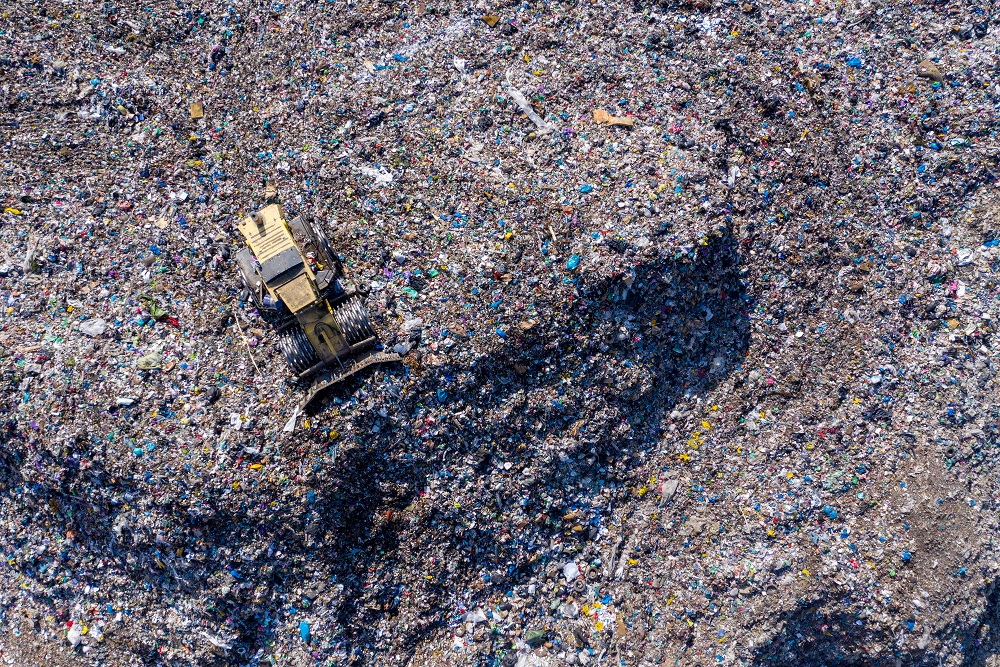Rapidly growing urbanization and the uncontrolled changing of the natural landscape has brought out a serious problem for many Indian cities. While natural calamities like flood are on the rise every year, urban and semi-urban areas are continuously striving to improve their drainage systems. The problem is not recent, if we look deeper. Most big cities go long back in history and are consequently challenged with the lack of modern drainage infrastructure. This is true even for places like Delhi, Kolkata, Mumbai, and Chennai – the tier 1 cities of the country. However, infrastructure is not the only cause of the damage we witness every year. Illegal encroachments, rapidly growing industry and disregard of natural waterways are even contaminating our river system and the best example is that of the Ganges. Drainage systems in most cities are already clogged and in the event of a flood, the trash just gets above the streets. It’s not just a situation of traffic getting stuck in the rain but also severely unhygienic living conditions for the locals.
The only plausible solution to the above situation is a complete revamp of the existing stormwater management systems.
Stormwater Management
So, What Is It About?
Stormwater is described as the “water that originated from natural precipitation” but is blocked from seeping into the ground and becoming a part of the underground natural water system. Roadways, compacted soils, parking lots and similar impervious developments don’t allow the natural runoff, thus risking the safety of life and property above ground. One heavy rainfall in cities like Delhi and everything comes to a standstill.
Stormwater management aims to restore the natural water cycle as closely as possible. While cities still remain impervious, smart stormwater management replicates the natural underground aquifers and even allows for the reuse in water-intensive activities like farming. The simplest stormwater management technique is water storage tanks that collect the excess precipitation. This water can be treated and recycled for urban purposes like plumbing, sprinkling, and even indoor uses like washing.
Importance Of Stormwater Management
As opposed to allowing for flooding in cities, smart stormwater management opens up several opportunities including:
1. Channeling it to irrigation systems, where it is needed the most.
2. Controlling of erosion and making our natural river systems cleaner.
3. Removal of pollutants, since stormwater carries a large amount of urban trash along.
4. Flood control and restoring city life to normalcy.
5. Restoring the natural topography of our river systems.
Apart from this, the stormwater system also:
- Makes our homes and land stronger and less prone to water damage
- Lowers property maintenance costs
- Reduces our water dependence, thus lower water bills
- Increases the value of our land
Types Of Storm Water Systems
Stormwater management is not a concept of the modern era. Civilizations have been careful about smart drainage systems and a striking example is the man-made aquifers of the Harappan Civilization. In the Indian urban landscape today, stormwater management takes the form of:
- Detention Ponds: Especially true to semi-urban and rural area, detention ponds are excavated aquifers that are constructed in topographical depressions and allow for reuse of water during dry months. This is also an incredible way to restore our underground water system.
- Onsite Detention Tanks: Urban planners use tanks and reservoirs in sites to collect rainwater and either storing it for reuse or allowing it to get into our underground water system, slow enough to not cause a flood.
- Rainwater Harvesting: Perhaps the most popular concept of stormwater management, rainwater harvesting is site-specific, wherein rainwater is collected in tanks (above the ground) and reused after being put through a filtration system.
- Green Roofing: Also referred to as “rooftop gardens”, it takes the form of a thin layer of vegetation that soaks in the rainwater while allowing for the excess to run downpipes and be collected in artificial ponding areas.
Stormwater Management in the Indian Context
Every year during the monsoons, developed cities like Chennai, Delhi and Mumbai are crippled by continuous floods. While changing the city infrastructure as a whole would be a complicated and expensive concept, stormwater management practices can reduce the burden to a great extent. This is the only sustainable way to take care of the flooding, along with the pollution.
Final Thoughts
India faces a long list of problems as a result of uncontrolled urbanization but stormwater and the associated pollution is one of the first steps towards a truly developed nation.
Curated by editor at Wienerberger India
Like this story? Or have something to share? Write to us: gosmartbricks@gmail.com or connect with us on Facebook and Twitter.


